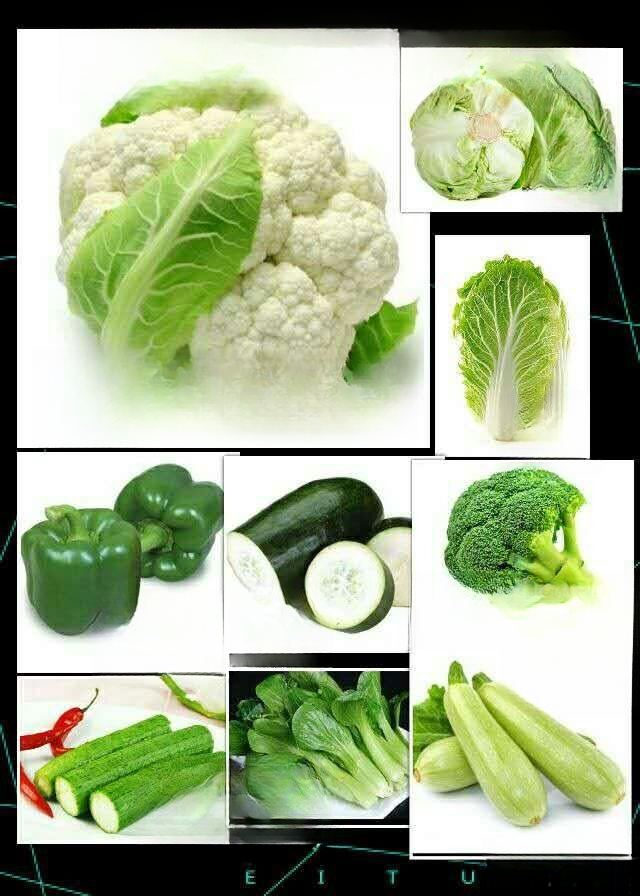How to prepare your own flower soil?
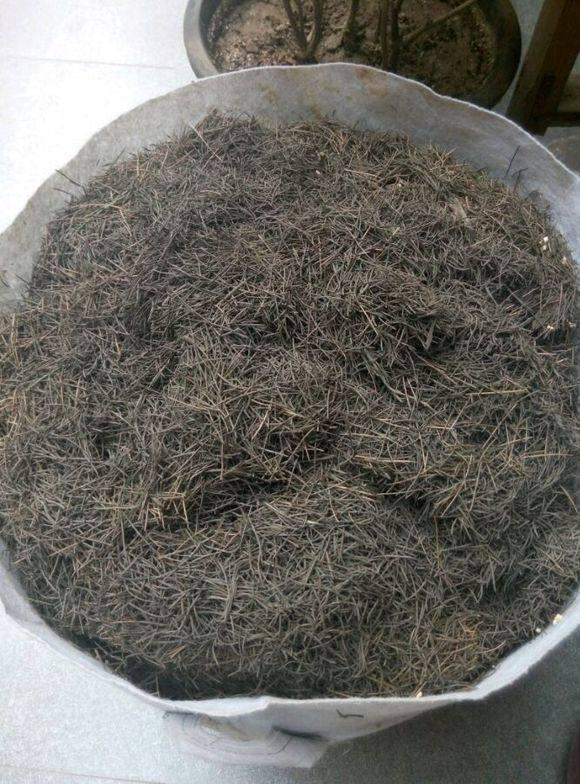
This is a pine leaf. You can find these things wherever there are pine trees. I just dug a few pots under the woods near my company.
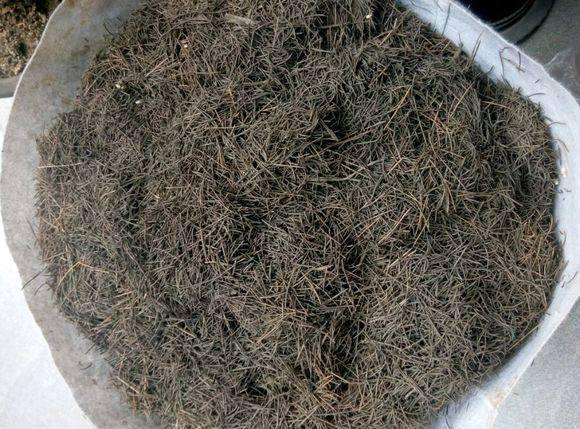
As for how to use it, it is not so particular. We just need to mix it with the soil. It has good permeability, strong water permeability, contains a lot of organic matter, and has a certain effect of preventing insects and diseases.
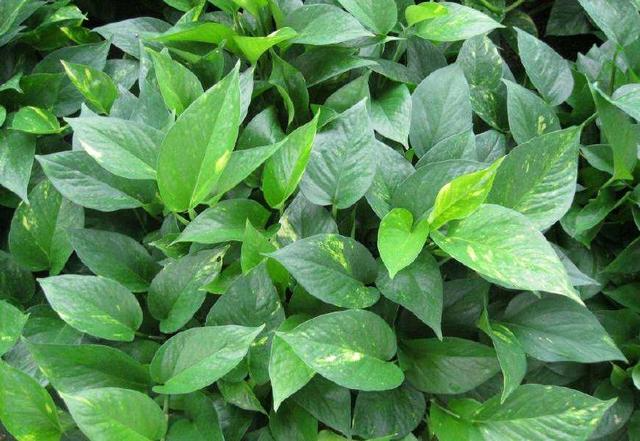
It should be noted that the soil dug from outside, especially the soil from rotten leaves, must be processed, sealed and exposed to the sun or heated in a microwave, otherwise the insect eggs inside will drive you crazy, especially the small black flies, which reproduce very quickly.
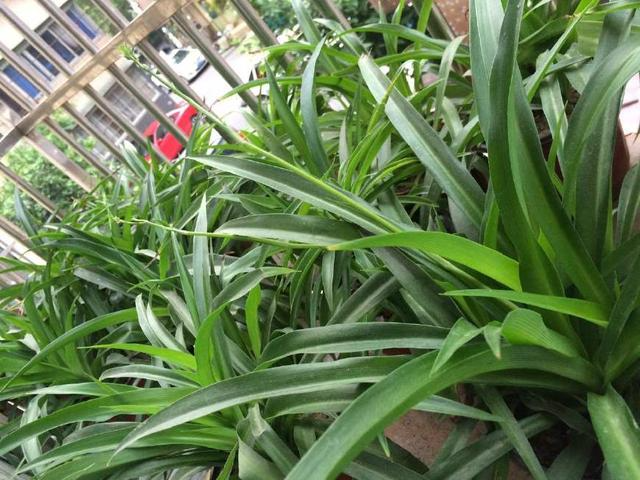
The quality of nutrient soil purchased from flower shops or online varies greatly. Sometimes the soil I buy from the same store can be very different, so it is better to mix the soil yourself.
 Wei Huanong National Agricultural Science and Technology Park Horticulturist Agronomist 01-25 19:47
Wei Huanong National Agricultural Science and Technology Park Horticulturist Agronomist 01-25 19:470119 Prepare the flower soil by yourself. The question is not clear. There are many types of flowers and many ways to prepare soil. The questioner did not clearly indicate what type of flowers he wanted to plant, so it is difficult to answer. I will give a simple answer by roughly dividing it into several categories.
1. For small shrubs and flowers, it is recommended to use 3 parts of local garden soil, 2 parts of furnace ash, 2 parts of leaf mold, and 2 parts of river sand. These soils should be exposed to the sun, disinfected and dewormed, and sorted before use. Note that not all soils are called garden soil. Soil from large fields where wheat, corn, rice, vegetables, etc. are grown, and soil from the upper cultivated layer should be used. Soil from fields where diseases occurred in the past year is not acceptable. Construction waste soil cannot be used, and soil from newly opened foundations cannot be used.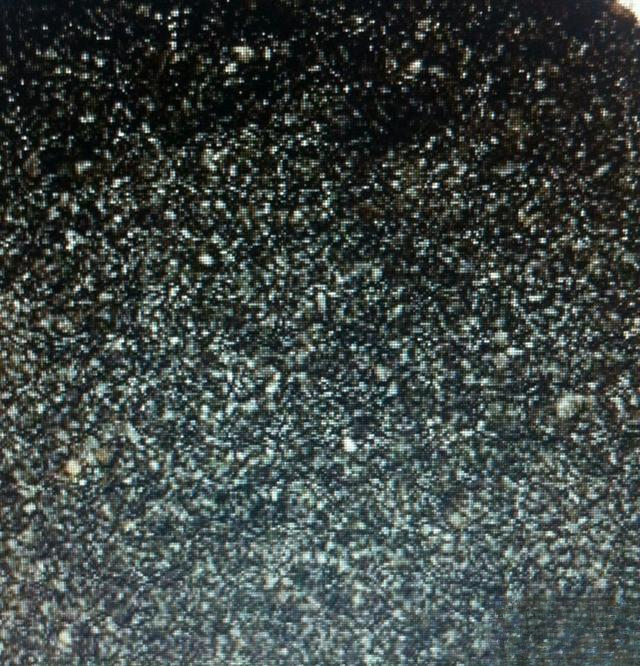
2. For anthurium and pineapple, it is best to mix 3 parts peat soil, 1 part perlite, and 1 part vermiculite. Now many people use coconut husk bricks instead of peat soil. Coconut husk bricks should be soaked in a large bucket of water before use. It is best to rinse them several times before use.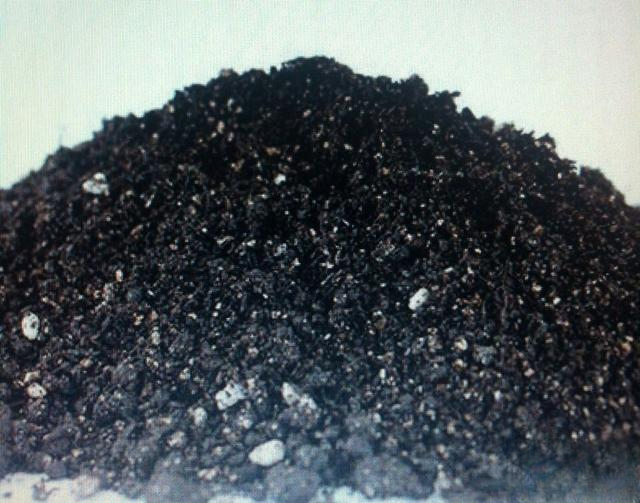
3. For general herbaceous flowers, such as cineraria, salvia, cockscomb, etc., garden soil can be used. It can also be mixed with peat soil or leaf mold.
4. Phalaenopsis, Oncidium, etc. are best made of moss. Local materials are also acceptable. Cork charcoal, bark, moss, various orchid stones, such as volcanic rocks, beach pebbles, high-phosphorus stones. Hollow ceramsite, snake wood chips, dry pine leaves, sorghum and corn dry roots, foam plastics, etc. can be used in any combination. (Natural materials should be disinfected.) The general principle is to put heavy materials in the lower part of the flower pot, occupying half, which is conducive to fixing the plants, and light materials occupying half, which is conducive to root expansion, enhancing water repellency and air permeability, and retaining water and fertilizer.
5. For Chinese orchids and terrestrial orchids, humus soil under the forest in the place of origin is preferred. It should be loose, breathable, and well-drained. Neutral or slightly acidic soil rich in humus. Or artificially prepared similar cultivation substrates (coconut bran blocks, leaf humus, pine needle soil, perlite, vermiculite lamp). The bottom layer should be padded with broken bricks, tiles, medical stone, volcanic stone, furnace ash slag, etc. to facilitate drainage.
6. For succulent plants, it is better to use sandy soil and various small stones. Such as volcanic rocks, beach pebbles, and high-phosphorus stones. You can also use furnace ash slag, clean it, filter it, and process it before using it. The previous article talked about how to use furnace ash slag to grow succulent plants. Follow me to check it out.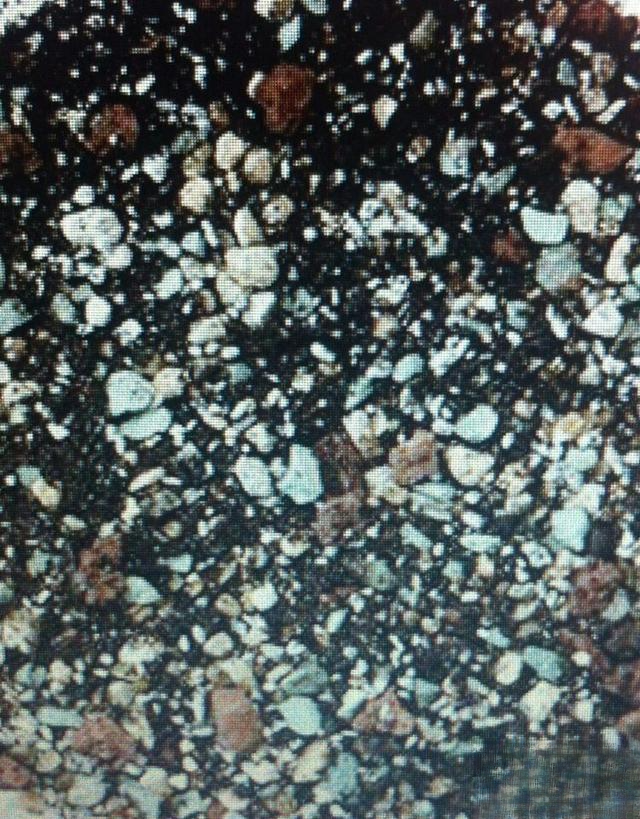
7. For indoor ornamental flowers, such as cyclamen, green radish, ivy, etc., it is recommended to use peat soil, perlite and vermiculite in a ratio of 3:1:1.
8. It is best to grow Clivia in pine needle soil.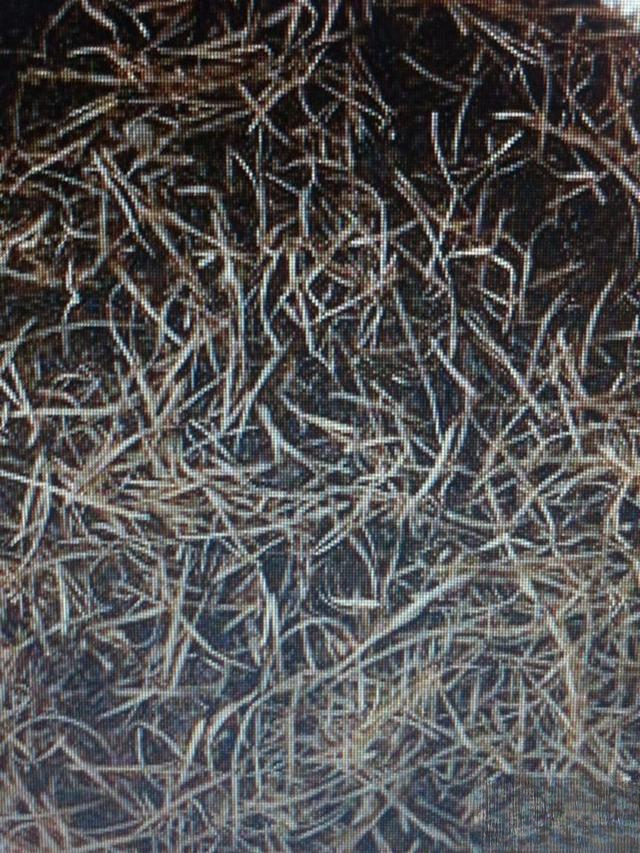
There are many kinds of peat soil and coconut coir soil, and the quality varies. Whether imported or domestic, be sure to choose those from large manufacturers.
There are also some requirements for turning over the pots, repotting, and using soil. How to add organic fertilizer also depends on the specific growth period of the flowers.
There are many types of flowers, and the soil preparation methods are different. The age of the trees and the size of the seedlings are different, so the soil preparation is also important. The questioner and all flower lovers want to plant what kind of flowers. Please leave a message in the comment section and I will tell you what to pay attention to and how to prepare them.
Like + follow, I will be your private gardener. If you have any questions about growing flowers, just post the question on the platform, take three pictures, describe the relevant content, and invite me to answer. I will reply as soon as possible.
"We are Sirius Rose, and we work hard for the rose breeding business."
When growing flowers, you must first take care of the roots. The quality of the soil directly affects the growth of the root system. The soil preparation method I will talk about for roses is also applicable to other plants in the Rosaceae family.
Composition of the matrix
Coarse granular material (coconut shell, coconut fiber): permeable to water and air.
Fine peat and organic fertilizer: retain water and provide fertilizer.
Garden soil: Together with organic fertilizer, it improves the buffering capacity of the substrate.
Coarse particles account for about 1/3 to 1/5, and garden soil accounts for about 1/10 or less.
Other matrices
Coarse particles can also be replaced by pine phosphorus.
However, you must use fully fermented pine phosphorus. Because unfermented pine phosphorus will ferment and absorb nitrogen in the soil during use, causing nitrogen deficiency in the plants and affecting plant growth.
A diameter of about 1 cm is preferred.
We don't use perlite and vermiculite because the gaps in perlite are easily blocked by fine peat, affecting air permeability; and vermiculite has poor granularity.
Each medium has its advantages and disadvantages, and you can use them according to your actual situation.
Substrate requirements for ground planting
Roses prefer slightly acidic soil, and the pH should be kept around 6.5.
It is best to use imported peat to improve the soil for ground planting, which can neutralize the acidity and salinity of the soil.
Can the nutrient soil bought from the flower market be used?
Before Use
Is there too much fertilizer in the nutrient soil? The amount of fertilizer affects the concentration and frequency of future fertilization.
Does it contain peat? Has the peat been adjusted for pH? Too acidic soil is not suitable for roses.
If you are not sure about the ratio of ingredients, use it with caution.
Recommended for use
Add mud for growing grains and vegetables; or add peat with adjusted pH value.
To neutralize the acidity and salinity in the nutrient soil.
Your question is too general. The soil for flowers depends on the type of flowers you grow. First, you need to understand the habits of the flowers, whether they like acidic soil or alkaline soil, whether they like powdered planting materials or block planting materials, and whether they have any requirements for air permeability and water retention, etc.
For flowers grown indoors in ordinary households, it is enough to pay attention to the principles of soil that is not compacted, water-conserving, breathable, and nutritious. If the local soil has a high alkalinity content, you can add an appropriate amount of fresh pine needles when preparing the soil to adjust the pH value. If the pine needles are decomposed, the regulating effect will be very small.
I usually use ordinary garden soil and add some river sand, pine needles, and rotten tree leaves to grow flowers. The rotten tree leaves absorb water, which helps to retain moisture and provide some nitrogen fertilizer. Pine needles adjust the pH value, and sand increases air permeability.
It is enough for growing common flowers such as spider plants, tiger plants, green ivy, Christmas cactus, polygonatum, cactus, etc.
When watering the flowers, I usually add a little water soaked in orange peels. It is said that it can adjust the pH value and provide some fertilizer to make the plants grow healthier and stronger.
Remember to pad the bottom of the flowerpot with granular material. It is recommended to use crushed foam, which is light, for growing flowers at home.
Then pour out the flower soil every year, filter it through a sieve, and add some pine needles and rotten tree leaves.
Master the principle of looseness and breathability, water-draining and moisturizing, weakly acidic, and nutritious.
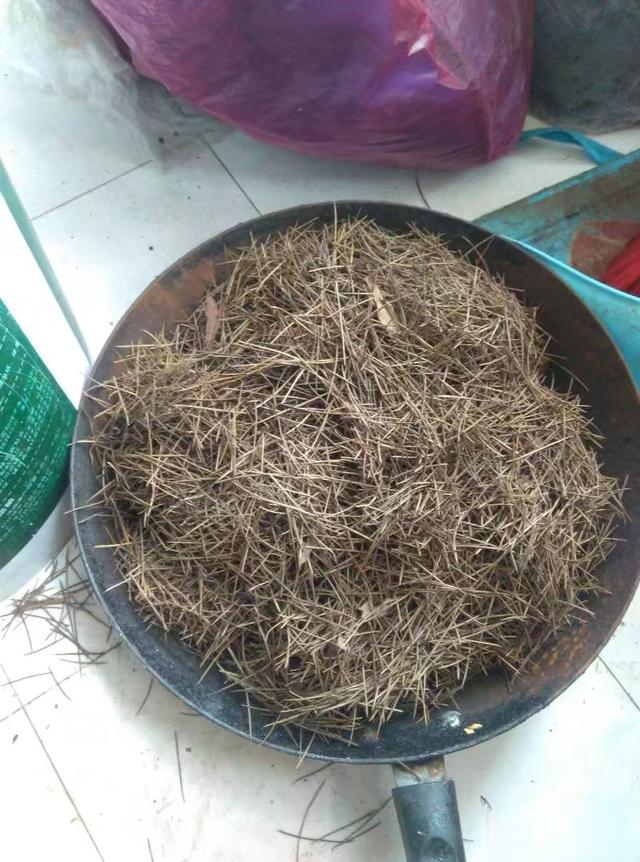
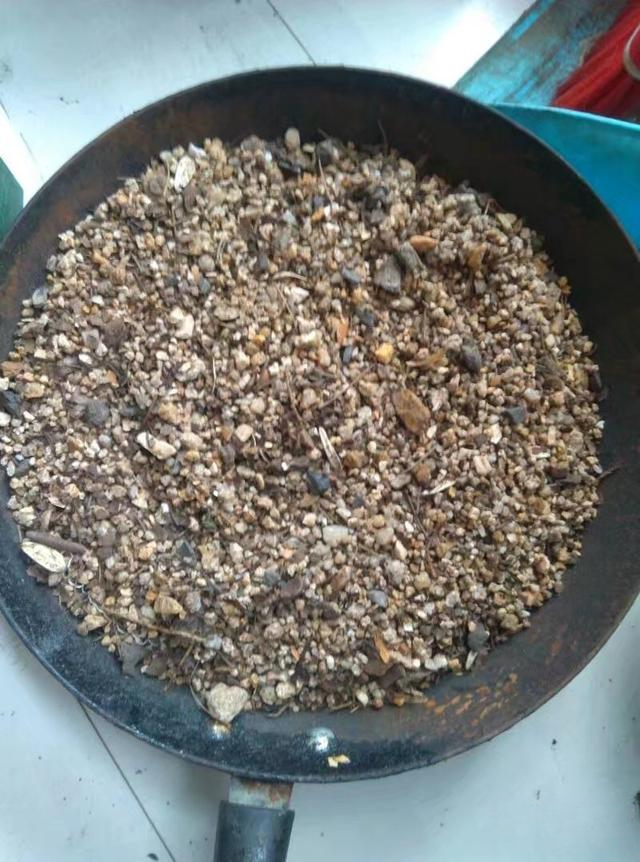
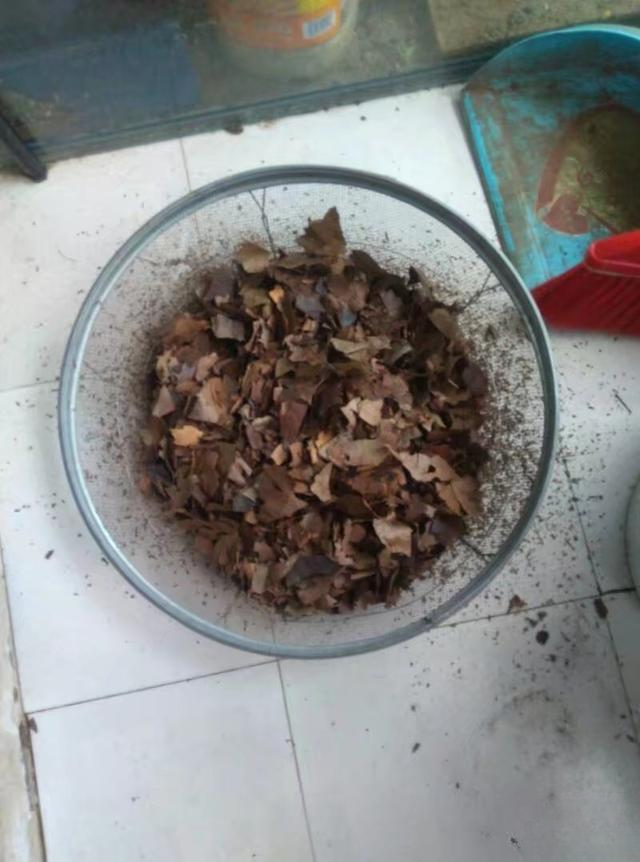
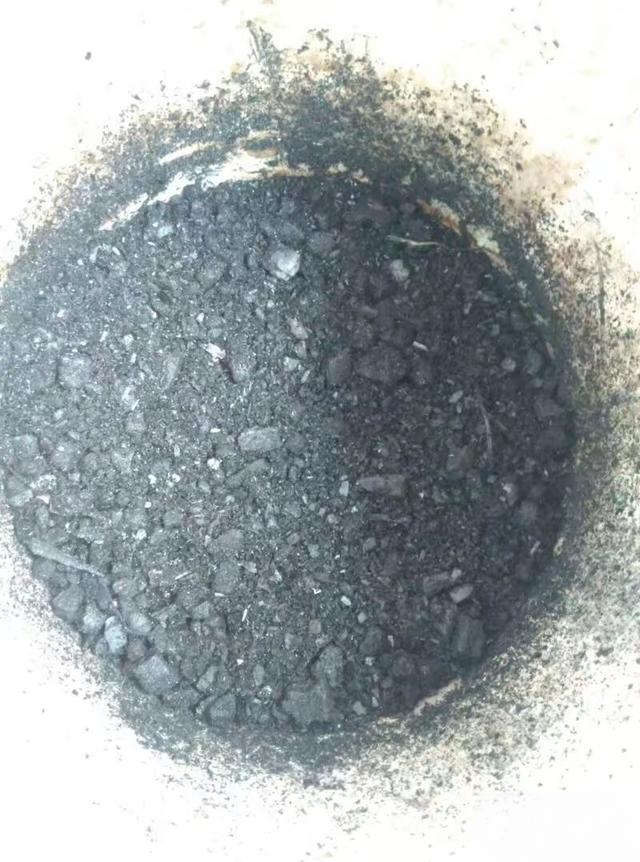
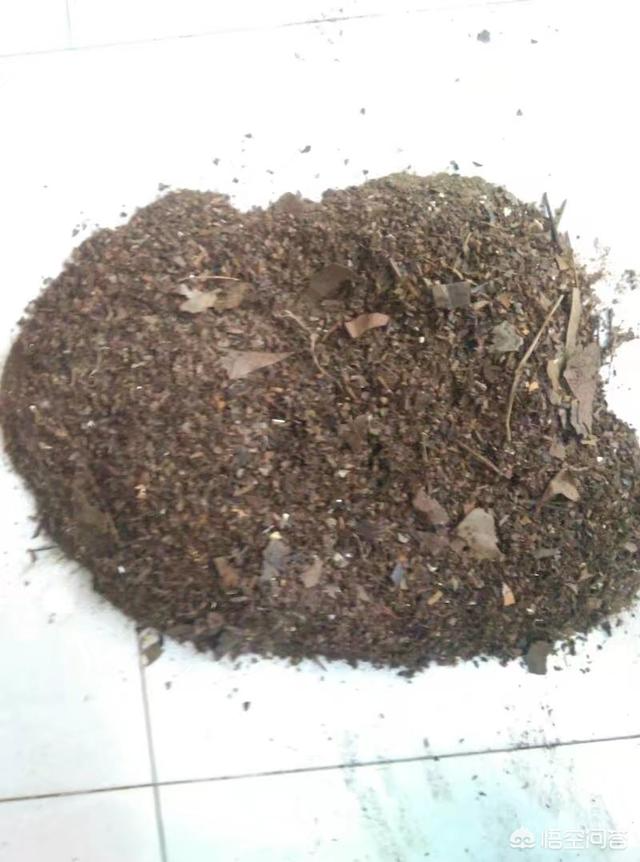
 Dragonborn 6998121903-01 08:48
Dragonborn 6998121903-01 08:48Thank you for the invitation! But your question is too general! Because the configuration of potting soil should be based on the plant! The soil used for potting is a culture soil made from various soil materials. Its characteristics are sufficient fertility, soft soil, good air circulation, good drainage, no cracking when dry, no hardening when wet, no crusting after watering, and good moisture retention and fertilizer supply.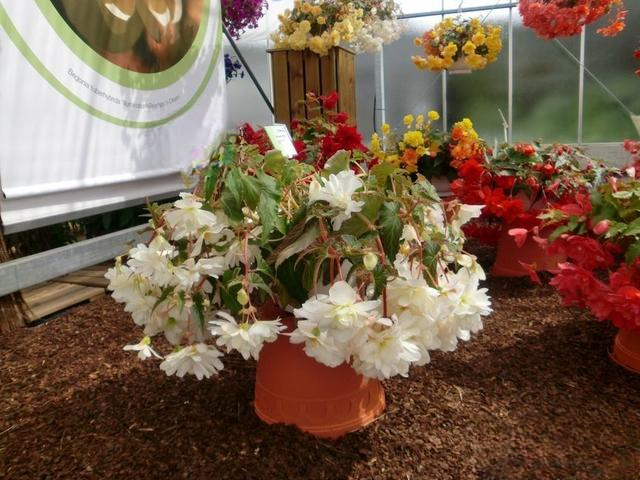
I usually use garden soil, peanut shells, chicken manure, river sand and sawdust for a mix!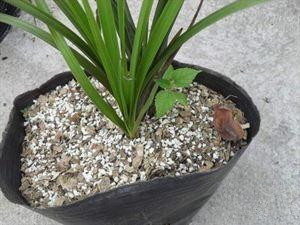
Burn the peanut shells, cool them down, mix them with garden soil, coarse river sand, and appropriate amounts of sawdust and chicken manure!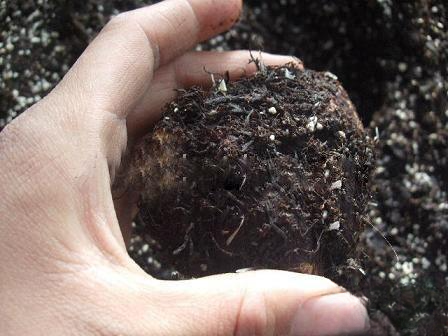
Hello everyone, I am Xu Ming from Suzhou. My method of growing flowers is more suitable for office workers and their families. Welcome to share your experience and communicate with each other.
Let's start by answering the questions. Each plant uses slightly different soil. I will talk about the planting of roses. Most flowers that like slightly acidic soil can use it.
To grow flowers, you must first grow roots, and to grow roots, you must first grow soil. I don’t recommend that you use the culture soil bought directly from the supermarket. It’s not a price issue, but the work and rest time of office workers and the environment for growing flowers are not suitable for use.
Most of our flowers are planted on the balcony, which is exposed to the high temperature in the summer, and we are not at home all day. Many commercial culture soils are made of lightweight materials. If you use this kind of soil to plant flowers, the moisture in the flowerpots will not last for a day on a hot day. Before you get home in the evening, the flowers have died. In addition, many culture soils are not soil at all, but closer to soilless culture media, which do not contain any nutrients. This is also the reason why the flowers in many people's homes are getting weaker and weaker.
Let me introduce to you the simplest method of soil cultivation.
1. Material preparation: A moderate amount of culture soil from the supermarket, about one-third to one-half of the required soil; some topsoil from under a large tree; a few old pine needles; a pair of flat shoes; and a flat-bladed spade or shovel.
If a beautiful woman wants to grow flowers, she should also prepare a strong man weighing more than 150 pounds.
2. Production process. Many people use buckets to mix soil. They put all kinds of materials together and mix them evenly. Too much is hard to mix, and too little is not enough. In fact, coconut coir and garden soil are one light and the other heavy, so they can't be mixed evenly. Take a look at my method, it's simple and fast enough.
Find a flat hardened ground in the community, cement or stone slabs will do. Sprinkle the topsoil on the ground with a thickness of 2 to 3 cm and dry it in the sun. Have the big man wear flat shoes and crush all the soil. Sprinkle a layer of culture soil bought from the supermarket on the crushed soil. The thickness should be about the same as the soil below. Sprinkle another layer of pine needles if there are any. If your formula is complex, sprinkle several layers for different varieties.
Here comes the point! Never stir it, just use a flat-bladed spade to collect the pizza on the ground. Put it in a bucket or other container and take it away. You will find that the soil in the bucket is mixed very evenly. If you stir it, the light things like pine needles and coconut pith will be on the top, and the broken soil will be at the bottom.
Don't forget to sweep the ground in the community clean, otherwise the property management will come after you.
This soil preparation method is simple, the materials are easy to obtain, and the effect is surprisingly good. The ability to retain water and fertilizer is greatly improved, the soil is loose and breathable, and the pine needles can provide an acidic environment. The slender pipes left after the pine needles rot are just right for the development of the root system.
If you like my articles, please follow me. Criticism is welcome.
Thank you for the invitation. If you want to prepare the flower soil yourself, it depends on the materials available near you. Our principle for preparing flower soil is that the soil should be loose, permeable, and rich in organic matter.
I made it this way myself
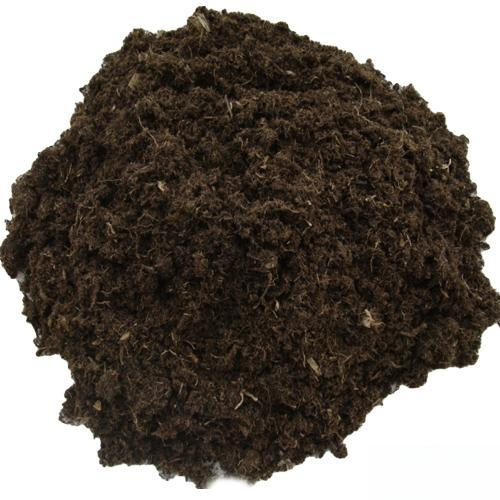
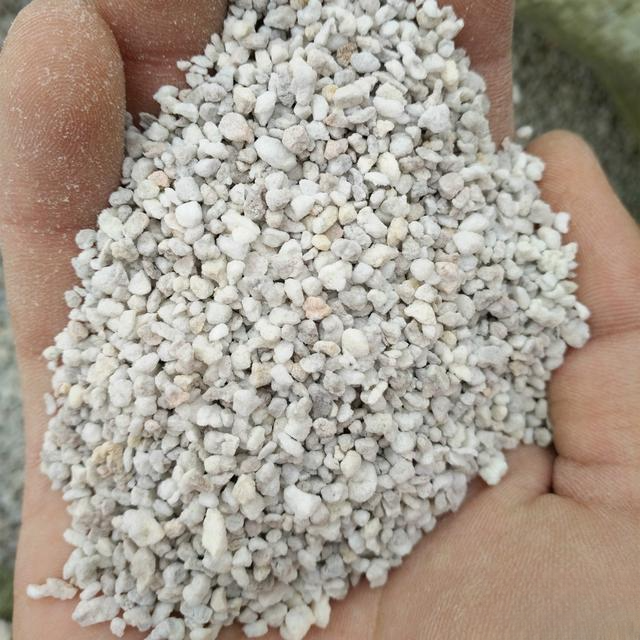
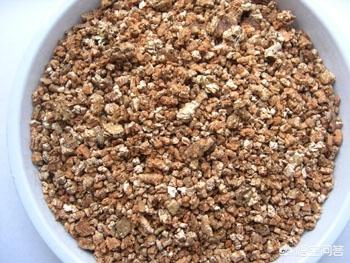
Vermiculite, perlite, peat, in a ratio of 1:1:1 and then add a little organic fertilizer.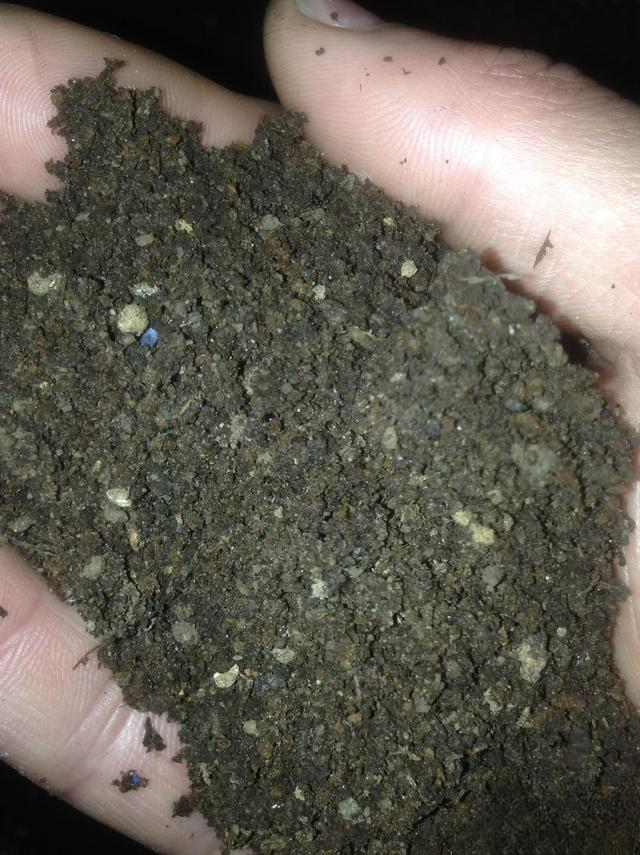
You can find some soil near you and mix it with some leaves in a 1:1 ratio, then put them in a bag and ferment them.
You can also follow me and comment on my articles. If your comment gets 20 likes, I will give you a piece of flower soil.
That’s all.
I am the wind!
My mother likes to grow some flowers and plants. I often see her preparing her own soil for growing flowers. She probably uses the following:
She always brought a few plastic bags to the park and first dug a bag of soil under the pine trees, because the soil under the pine trees was very fertile, with some pine needles and dead leaves in it, which could provide some nutrients to the soil;
Then go to some low shrubs and dig a bag of soil. You need to dig more soil here. This soil will account for a large proportion. The soil is soft and mostly loess.
Then go dig a bag of soil near the grass, which is very moist and fertile;
Then pick up a bag of small sand, pebbles, etc.
Finally, dig one less bag of sand, which can make the soil loose and breathable.
The last step is to spread the sand and gravel at the bottom of the flower pot, mix the others and put them into the flower pot, and the flower soil is ready.
Growing flowers at home is becoming more and more popular. Considering the limited volume of flower pots and the long growing period, the flower soil is required to provide enough nutrients to ensure the normal growth of flowers and appropriate gaps to ensure water retention and ventilation. Due to the large variety of flower varieties and different habits, the preparation of flower soil is also diverse.
Commonly used materials for preparing flower soil include: leaf mold, garden soil, and river sand, which are prepared in a ratio of 1:5:2. Here is a relatively simple preparation.
If you can find burned coal balls, that would be convenient. Pour some water on the coal balls to wet them and then break them up; add sawdust (sawdust is light and has large gaps, which will rot during fermentation and change the looseness and water absorption of the soil) or some rotten leaves; add a certain proportion of sand to improve ventilation and drainage; then add ordinary soil and mix them evenly.
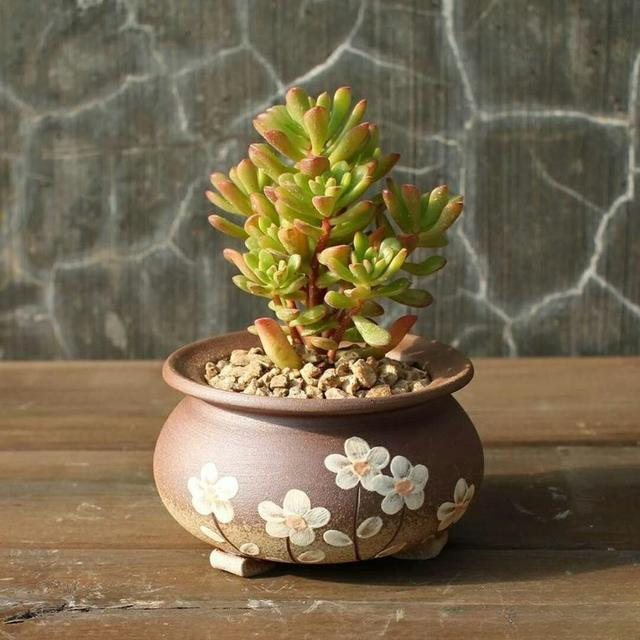
Haha, as the saying goes, "live by the mountain, eat from the mountain; live by the water, eat from the fish." I have a lot of experience with this. First of all, my home is in the countryside, and the soil after digging up the fallen leaves on the mountain is pretty good. Also, grass ash and earthworm soil are also good, but this needs to be disinfected. There are insect eggs. I expose them to the sun and mix them in a 1:1 ratio. You can also ferment them yourself in the city. I use kitchen waste, such as fruit peels, and the dried stems and leaves of various vegetables. I put them on with a layer of soil and they can be used in 3 months. It's great for growing vegetables.